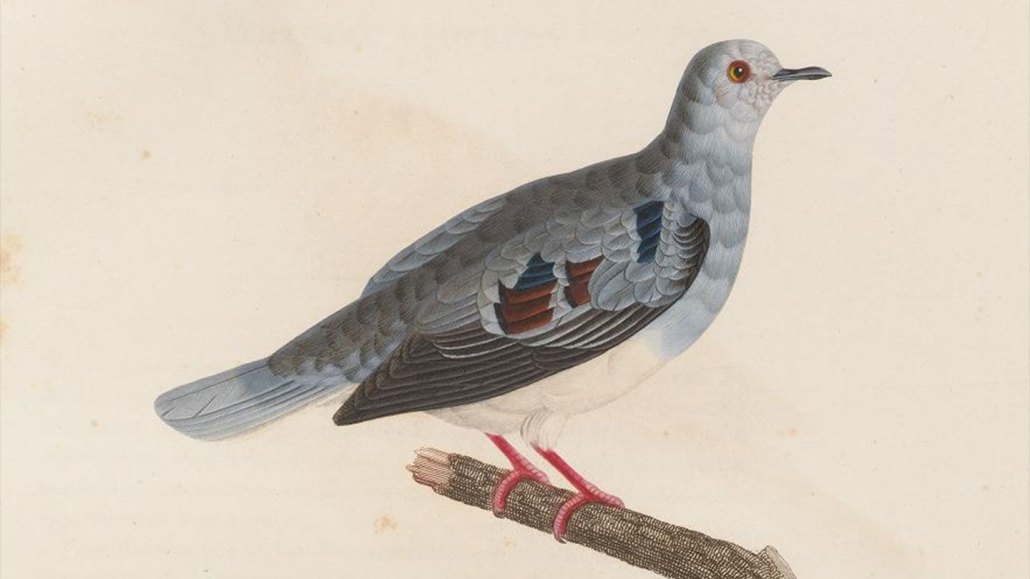This bird hasn’t been seen in 38 years. Its song may help track it down
Scientists are eavesdropping on a South American forest in search of the purple-winged ground dove

Bioacoustics may help scientists find the long-missing purple-winged ground dove (illustrated).
C.J. Temminck/Les pigeons 1811